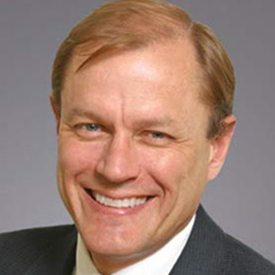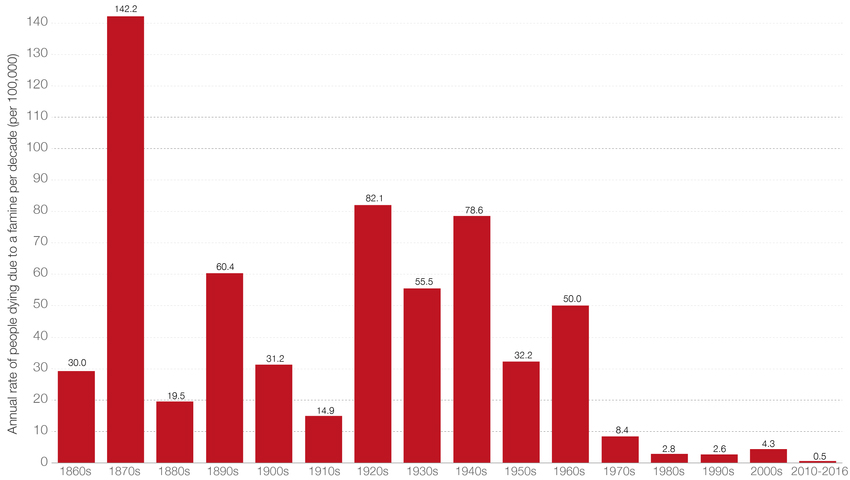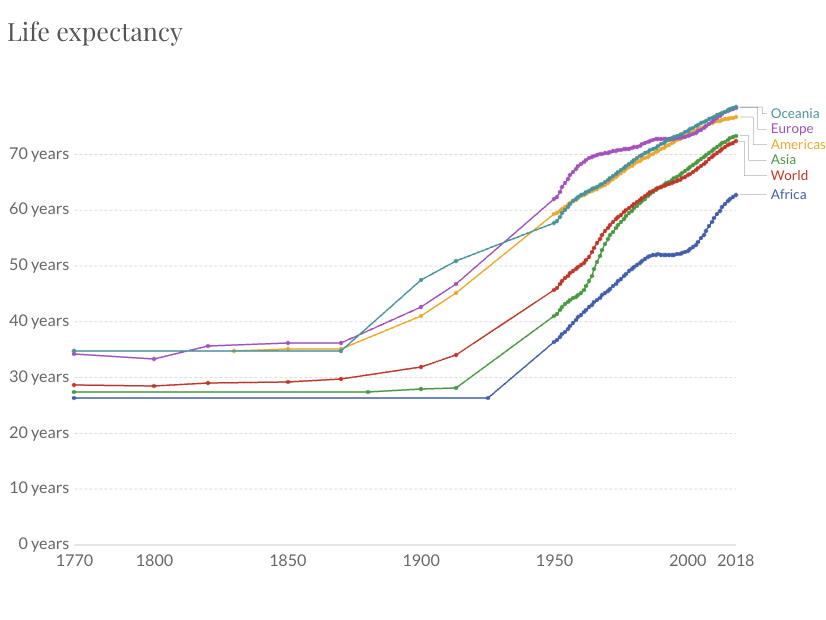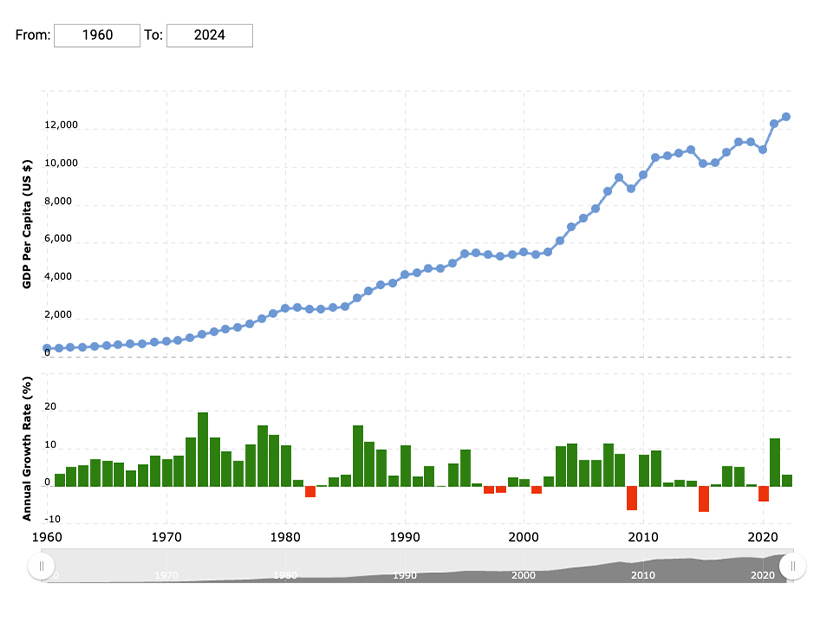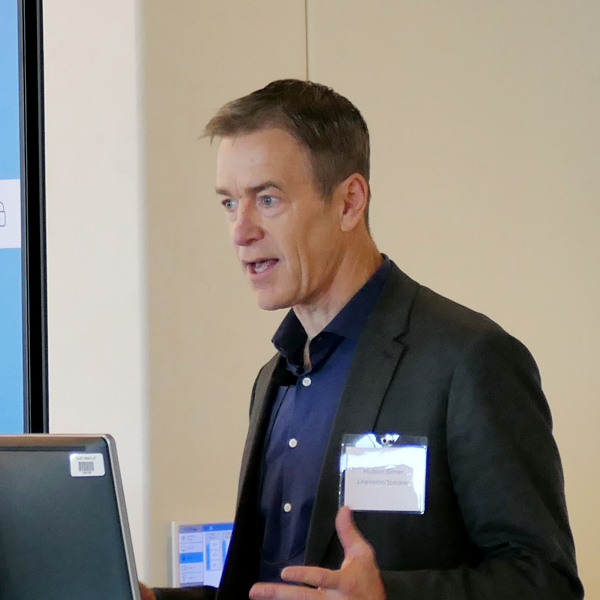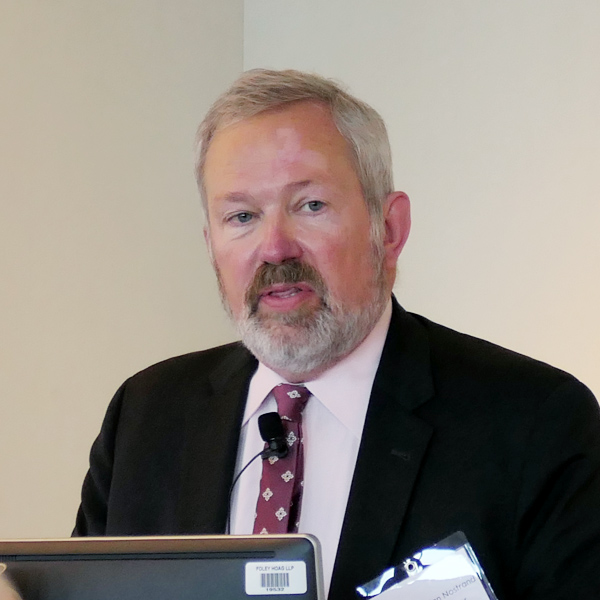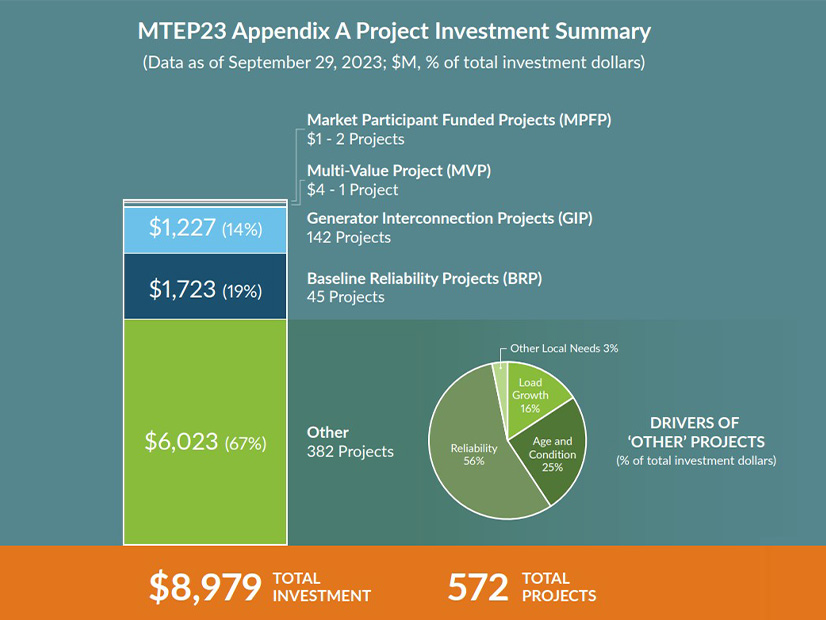ALBANY, N.Y. — After four rounds of voting, the New York State Reliability Council Executive Committee agreed Dec. 8 to set the installed reserve margin (IRM) for the state’s 2024/25 capability year at 22%, up from 20% for the previous year. (See New York PSC Approves 20% Installed Reserve Margin.)
The IRM represents the additional supply capacity NYISO mandates load-serving entities maintain as a precaution against unexpected outages or demand surges.
Following a yearlong examination, the NYSRC’s Installed Capacity Subcommittee (ICS), in collaboration with NYISO, published a technical study report, which originally found that an IRM under base conditions of 23.1% would satisfy the resource adequacy criteria without violating a loss of load expectation (LOLE) of no greater than 0.1 events-days/year in the next capability year, extending from May 1, 2024, through April 30, 2025.
NYSRC Report
The ICS’ report studied how several sensitivities, including new topology changes, transmission security limit (TSL) floor inputs and increases in renewable generation, might impact the final base case modeling and the final IRM necessary to meet the state’s future requirements.
For instance, the ICS noted that a reduction in emergency assistance import limits increased the IRM by 2.24% and expected updates in the performance of special case resources raised the IRM by 0.14%. Conversely, the ICS observed that expected increases in the amount of behind-the-meter solar caused the IRM to decrease by 0.5%.
The report also documented the observation that using a 23.1% IRM while incorporating higher TSL floors in the locational capacity requirement (LCR) setting process, which is administered the ISO under its tariff, results in a system with a LOLE of 0.069, below the minimum reliability requirement of 0.1.
TSL floors are used in the LCR calculations, conducted by NYISO in its process, as the lower limit beyond which LCRs cannot fall below, resulting in minimum capacity margins that a locality, such as Zone J (New York City), Zone K (Long Island) or Zone G (Lower Hudson Valley), must maintain to ensure grid stability under standard N-1-1 system conditions.
Additional analysis using TSL floors in the LCR study, where the statewide LOLE is readjusted to 0.1, caused “noticeably better” results and produced an IRM of 21.5%.
This adjustment also yielded preliminary LCRs of 81.7% for Zone J, 105.3% for Zone K and 81% for Zone G, which contrasts with the final base case IRM results for these zones that were 72.73%, 103.21% and 84.58%, respectively.
Both NYISO and the NYSRC agree that more analysis, modeling and discussion are needed before the NYSRC Policy 5 IRM and the ISO’s TSL/LCR processes can be merged to ensure no unexpected consequences result from any process change. The NYSRC said at the meeting that this is a priority effort for 2024 and beyond.
The committee members approved the report’s base case, data parameters and sensitivities at last month’s EC meeting after extensive stakeholder development and feedback. (See “IRM Modeling Updates Approved,” NY Reliability Council OKs Interconnection Standards for Large IBRs.)
Comments
The NYSRC, responsible for establishing the IRM, determines the annual ICR that generators must maintain throughout the next capability year. The ICS’ report highlighted the disagreements among the EC about how New York should address its future reliability challenges.
Consolidated Edison’s Mayer Sasson, former chair of the EC, urged members to carefully consider the report’s findings before voting, saying, “make sure to interpret the TSL correctly before we set the IRM.”
Mark Younger, president of Hudson Energy Economics, also urged caution, saying, “while 21.5% results in a LOLE event value of 0.1, don’t kid yourself that it is reliable, since that is absolutely inconsistent with NYISO’s STAR [short-term assessment of reliability] reports and CRP [comprehensive reliability plan].” (See NYISO’s 10-Year Forecast: Challenges Ahead, but No Immediate Needs.)
On the other side, Roger Clayton, chair of the NYSRC’s Reliability Rules Subcommittee, while not explicitly endorsing an IRM of 21.5% appeared supportive, saying, “from a reliability point of view and thinking about nothing else, 21.5% is reliable according to the analysis that has been performed.”
Timothy Lynch, senior director of transmission services at Avangrid, concurred, saying, “21.5% is a reasonable step at this time, given ratepayer pressures and so forth.” He added, “There’s a lot of changes in the study year-over-year, and I think some of that needs to play out to see what the future brings.”
Similarly, Michael Mager, a partner at Couch White who represents Multiple Intervenors, a group of large industrial, commercial and institutional energy consumers, was comfortable with 21.5% despite it being the highest IRM adopted, saying, “it meets the LOLE requirements … and moves in the right direction that we should be going, but in a more moderate step than the base case result.”
Curt Dahl, director of engineering at PSEG Long Island and chair of the NYSRC’s Extreme Weather Working Group, although partial to lower IRM values, advocated for a balanced approach, saying, “I always have a range of [IRM values] in my mind.”
EC Chair Chris Wentlent, a member of the Municipal & Electric Cooperative Sector, approached the IRM vote from a policy and environmental perspective, saying, “our reliability picture is getting more complicated going forward, not less complicated,” referring to how last year’s Winter Storm Elliott significantly impacted Northeastern state grids and unexpected costs and risks to energy consumers and triggered emergency operating procedures.
“Based on everything, I see a 22% as a reasonable outcome, because, in my opinion, this balances the cost issues, some of the [emergency operating procedures] issues, and other future risks we need to pay attention to,” he added.
In an email to RTO Insider, Richard Bratton, director of market and regulatory policy at the Independent Power Producers of New York, said “the IRM is a careful balance between maintaining system reliability and protecting ratepayer costs. Less than a year after Winter Storm Elliott, the NYSRC voted to significantly decrease the IRM from the number produced by the NYISO through its analysis. IPPNY is continually committed to advocating for system reliability through competitive markets.”
